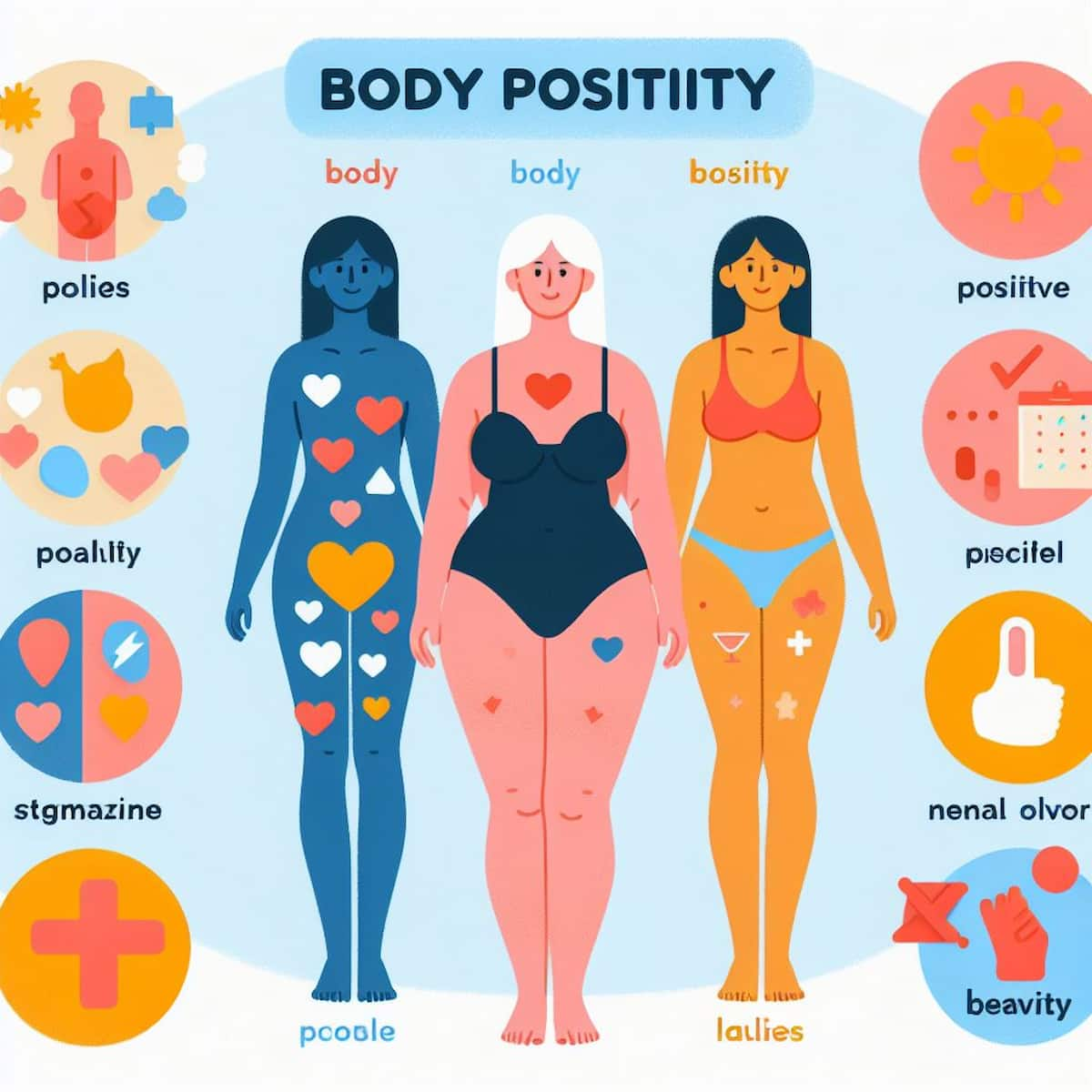- Preservatives: Preservatives are additives that inhibit the growth of bacteria, mold, and yeast, extending the shelf life of processed foods. Common preservatives include:
- Sodium benzoate: Used to prevent microbial growth in acidic foods such as sodas, fruit juices, and condiments.
- Sorbates: Prevent spoilage in a variety of products, including baked goods, cheeses, and beverages.
- Nitrates and nitrites: Used to preserve the color and flavor of processed meats such as bacon, ham, and sausage.
- Flavor Enhancers: Flavor enhancers are additives that enhance the taste and aroma of processed foods, making them more appealing to consumers. Common flavor enhancers include:
- Monosodium glutamate (MSG): Enhances savory flavors in soups, snacks, and processed meats.
- Disodium inosinate and disodium guanylate: Often used in combination with MSG to boost umami flavor in savory foods.
- Colorings: Colorings are additives that impart color to processed foods, enhancing their visual appeal and attractiveness. Common colorings include:
- Tartrazine (Yellow 5): Adds a yellow color to beverages, snacks, and desserts.
- Carmine (Red 4): Derived from crushed cochineal insects, used as a natural red coloring in candies, yogurts, and beverages.
- Antioxidants: Antioxidants are additives that prevent the oxidation of fats and oils in processed foods, preserving their freshness and flavor. Common antioxidants include:
- Butylated hydroxyanisole (BHA) and butylated hydroxytoluene (BHT): Used to prevent rancidity in fats and oils in processed foods such as snack foods, cereals, and baked goods.
- Vitamin E (tocopherols): Natural antioxidant used to preserve the freshness of oils, nuts, and snack foods.
Safety and Health Concerns
- Allergic Reactions: Some additives, such as sulfites, artificial colors, and flavorings, can trigger allergic reactions in sensitive individuals, leading to symptoms such as hives, itching, and respiratory distress.
- Hyperactivity: Certain food colorings and preservatives have been linked to hyperactivity and behavioral problems in children. Studies have suggested a possible association between artificial food additives and ADHD symptoms in susceptible individuals.
- Carcinogenicity: Some food additives, such as nitrates and nitrites, have been classified as potential carcinogens when consumed in high amounts or under certain conditions. Processed meats containing these additives have been linked to an increased risk of cancer, particularly colorectal cancer.
Regulatory Oversight
Food additives are regulated by government agencies such as the U.S. Food and Drug Administration (FDA) and the European Food Safety Authority (EFSA). These agencies evaluate the safety of food additives through rigorous testing and risk assessments before approving their use in processed foods. Maximum allowable levels, labeling requirements, and permitted uses are established to ensure the safety of consumers.
Conclusion
While processed food additives serve important functions in food production and preservation, concerns about their safety and potential health effects have prompted increased scrutiny and regulatory oversight. Consumers can make informed choices by reading ingredient labels, avoiding processed foods with excessive additives, and prioritizing whole, minimally processed foods in their diets. By understanding the role of additives in processed foods and staying informed about potential risks, individuals can make healthier dietary choices and support overall well-being.









